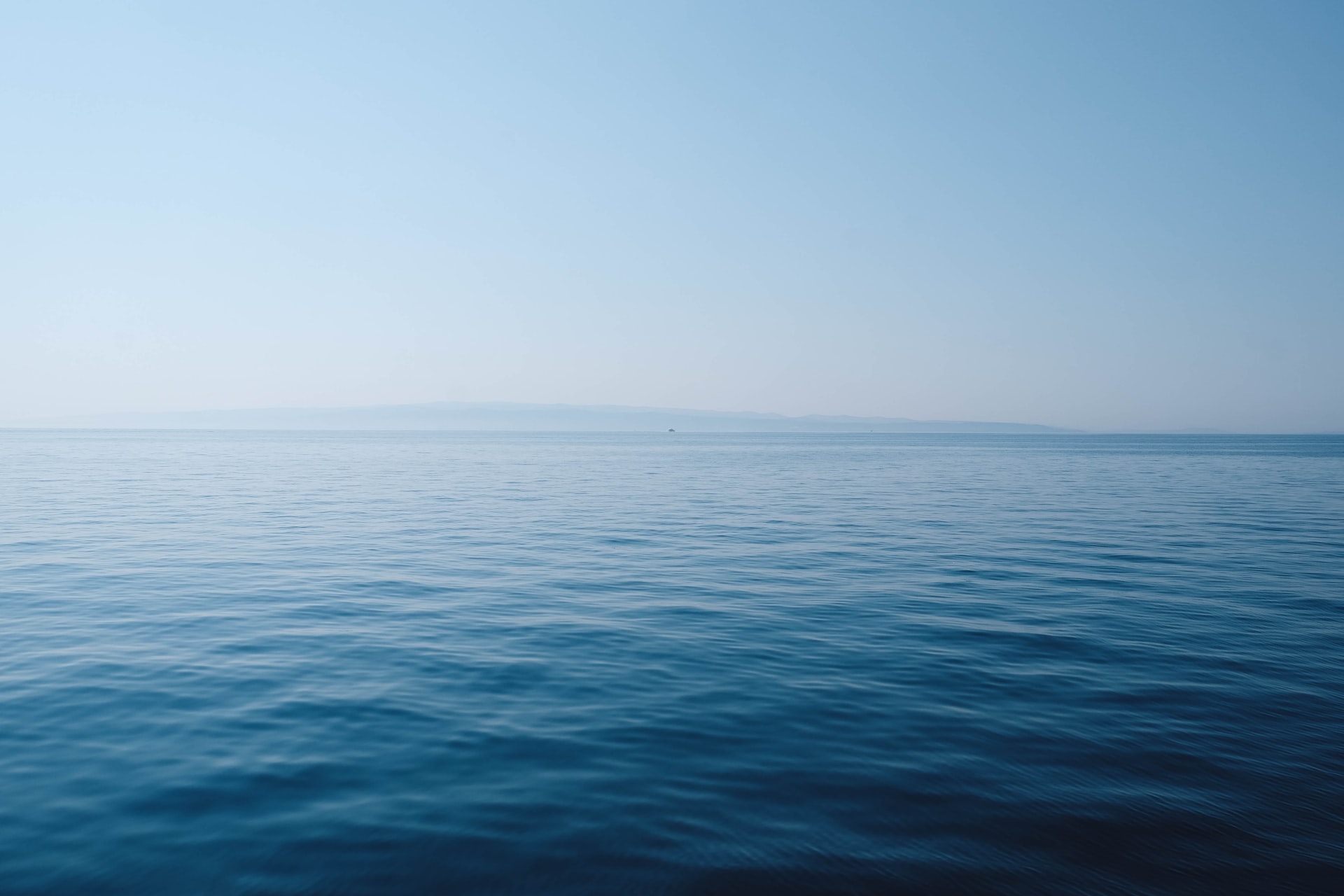
Summary
Goals
Approach
Result
Lessons
The idea was to add certain chemicals to divide the oil that had entered the Gulf of Mexico as a result of the BP accident into small droplets, which would speed up its degradation.
In 2010, chemicals were thrown into the sea with the best of intentions. The theory predicted that the chemicals, dispersants that were supposed to break up the massive stream of oil into tiny droplets, would accelerate the biodegradation of the oil.
What happened was something completely different than expected. Those tiny droplets could be more easily broken down by the microorganisms that are in the sea anyway. But they didn't get the chance. Instead, other types of microorganisms flourished. These could not do as much with the oil, but rather feasted on the chemicals. These new competitors were so successful that they drove out the oil-depleting organisms.
Due to an accident at BP, a lot of oil unintentionally ended up in the sea near the Gulf of Mexico. In order to ensure that this would disappear more quickly, chemicals were thrown into the water that were supposed to make the oil droplets smaller and speed up the decomposition process. Unfortunately, the chemicals had the opposite effect: the chemicals caused microorganisms to flourish and drive out the microorganisms that were breaking down the oil.

Comments (0)